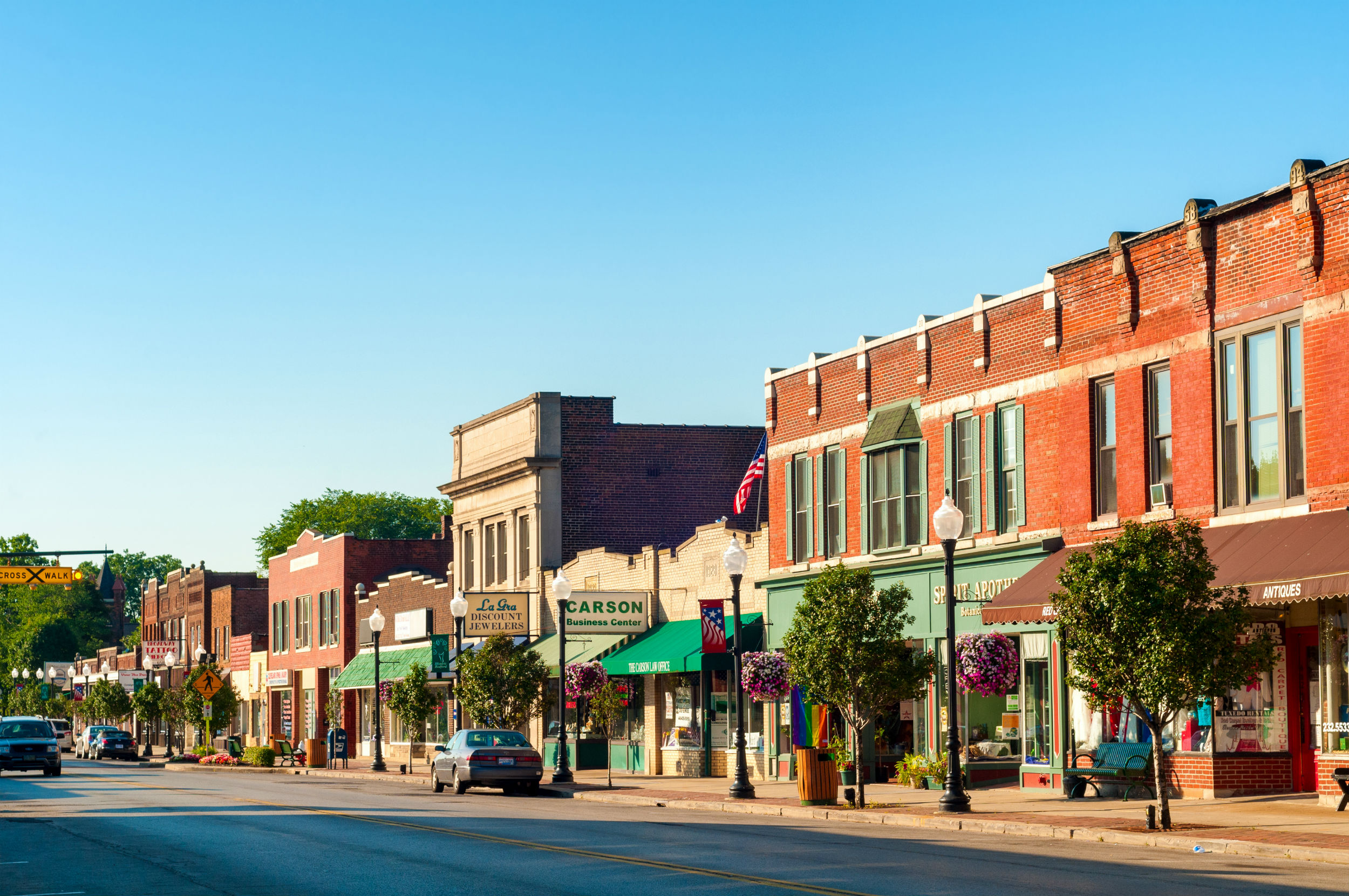An Introduction to the American Communities Project
What’s the American Communities Project all about?
We know that people in different places experience the world very differently, even in the age of the Web; we seek to understand just why and how.
Consider that within the same state, community differences can be stark. The differences between a metropolitan area and a rural locale 50 miles away can be greater than that same city and another metro area 500 miles away. Often these different traits are not properly understood in the policy world where problems are frequently judged by looking at national or state phenomenon or data.
Understanding the different types of community that make up America will help us develop new and better ways of recognizing and measuring what works and what does not in a range of disciplines — health, diversity, economics, culture, law, technology, etc. — and their intersections.
What is a community type?
The American Communities Project (ACP) classifies the 3,100 counties in the United States into one of 15 different kinds of counties called community types. The community types are based on a vast array of data, including election results, economic numbers, consumer surveys, and polling.
What are the 15 community types?
(Click type names to see more on each.)
| African American South: Places with large African American populations. Lower incomes and higher unemployment. | Exurbs: Wealthy communities usually on the edge of metro areas, Largely white with lower crime rates. | Military Posts: Located around military installations. Younger, middle-income, diverse communities. |
| Aging Farmlands: Sparsely populated and overwhelmingly white. Low unemployment, agricultural economy. | Graying America: Places with large senior communities. Generally rural and less diverse, middle-income. | Native American Lands: Places with large Native American populations. Young communities with lower incomes. |
| Big Cities: Counties holding the nation’s largest cities. Dense and diverse. | Hispanic Centers: Large Hispanic populations in mostly rural communities. Younger with lower incomes. | Rural Middle America: Largely rural and white communities. Middle income and average educational attainment. |
| College Towns: Urban and rural communities that are home to campuses and college students. | LDS Enclaves: Places dominated by Latter-day Saints adherents. Younger and middle-income. | Urban Suburbs: Educated and densely populated communities around major metros. Racially and economically diverse. |
| Evangelical Hubs: Places with above-average numbers for evangelical adherents. Largely Southern with fewer college grads. | Middle Suburbs: Middle-income, blue-collar communities mostly around metro areas. | Working Class Country: Rural, blue-collar communities. Low incomes and college graduation rates. |
Who are the American Communities Project’s partners?
The ACP is based at The George Washington University’s School of Media & Public Affairs. Other major partners are the Robert Wood Johnson Foundation; Gallup; Public Opinion Strategies; Peter D. Hart Research; the Pew Research Center; and Simmons Research, a marketing data firm. ACP’s data library is always expanding.
How can you use this website?
Play with the map here or on the homepage.
- Hover over a county to discover which community type it fits into. Zoom with the + and – buttons.
- Click on a county to take you to the page with more characteristics of that county’s community type.
- Click on a community type in the map key to see its spread across the country (homepage map only).
Navigate with the hamburger menu. Visit one of the 15 community type pages and learn more about the characteristics of a specific kind of community. Visit the Storybank for stories, insights, and analysis written by ACP authors and guests; find relevant data sets within individual stories and apply them to your work.
Scroll down the homepage for ACP’s recommended articles.
Stay tuned for more. Read the ACP’s reports about health and related issues, supported by the Robert Wood Johnson Foundation. Data sets and multimedia will be available within the reports.




